Threefold Architects’ terrific transformation of a London terraced house
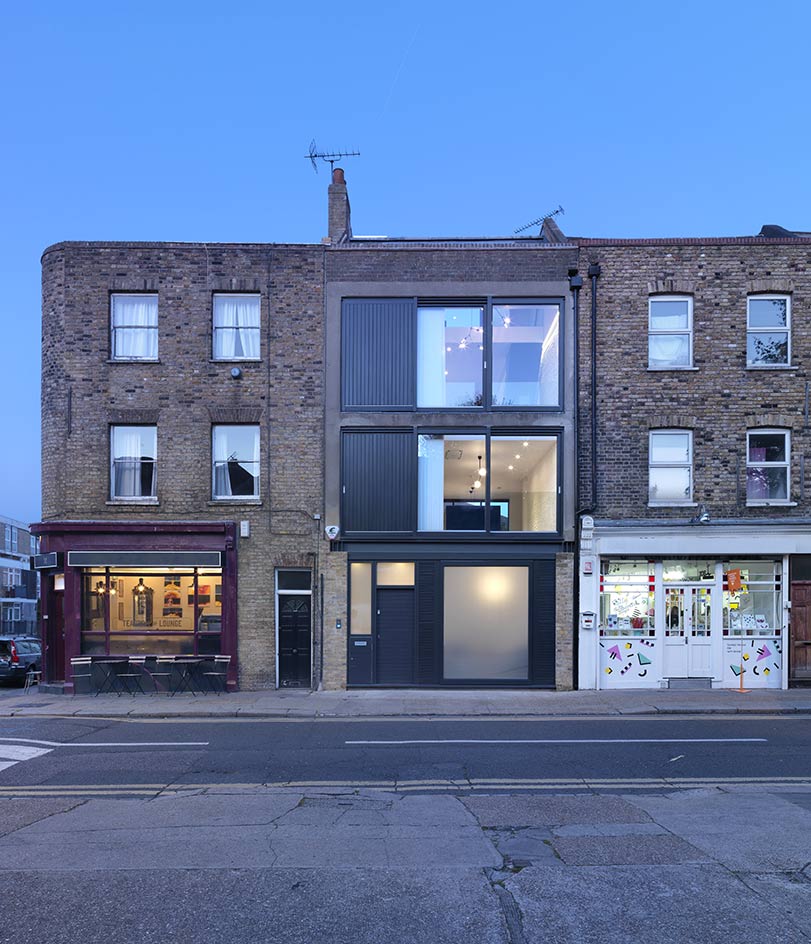
When enlisted for the interior overhaul of a terraced four-storey property in the heart of London’s Redchurch Street conservation area, Threefold Architects knew they had a challenge in their hands, describing the original space as ‘crowded and claustrophobic’. The result was Fissure House, a bright and open family home, which takes its name from the dramatic vertical void (or ‘fissure’) that runs internally along one side of the property.
Previously inhabited by a photographer, the old structure’s interior was cramped and closed off, with no external access. The new owners, a small family, tasked the architects with transforming it into a highly functional, bright and contemporary living space. Threefold duly obliged, completely reworking the structural and architectural program of the home to create an open and sunlit interior, equipped with terraces on three of its four levels.
The house’s defining feature is none other than the aforementioned void. The vertical element greets guests when they enter the property and sets the tone for the whole project. Light floods in via little glass panels scattered on the higher floors, which also provides little viewing windows that provides sneak peeks of visitors as they climb though the building's social spaces.
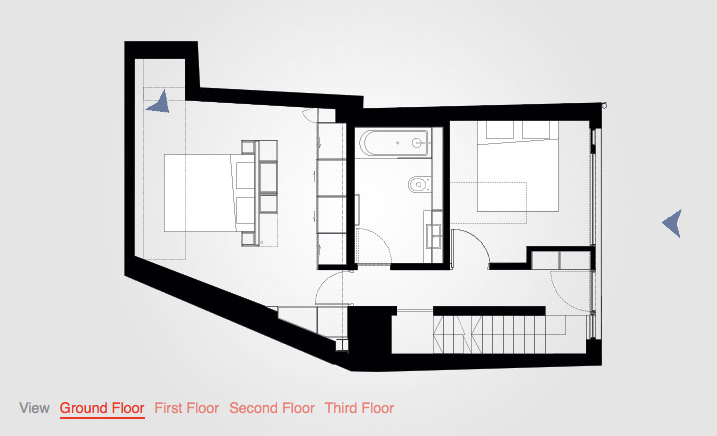
Take an interactive tour of Fissure House
The master bedroom, main bathroom and a slightly smaller secondary bedroom sit on the ground floor, shielded from the street by a frosted glass panel that ensures privacy for the residents. Living spaces are spread across the floors above.
The architect’s choice to flip the conventional residential program on its head allowed them to play with the interior arrangement more. For example, there is an influx of light via the home’s series of staggered interior balconies, which were created by cutting back each of the floor plates on the upper levels. On the first floor the kitchen and dining area can be found, while the second level houses the livingroom and the third and final floor is a cosy office space.
Architects and clients worked together on the interior atmosphere, opting for details that remain sensitive to the site’s heritage, such as exposed brick, locally sourced brass fixtures and custom joinery composed from Valchromat – a material similar to MDF, but coloured through, so that it allows for flawless milled detailing in the bespoke cabinetry.
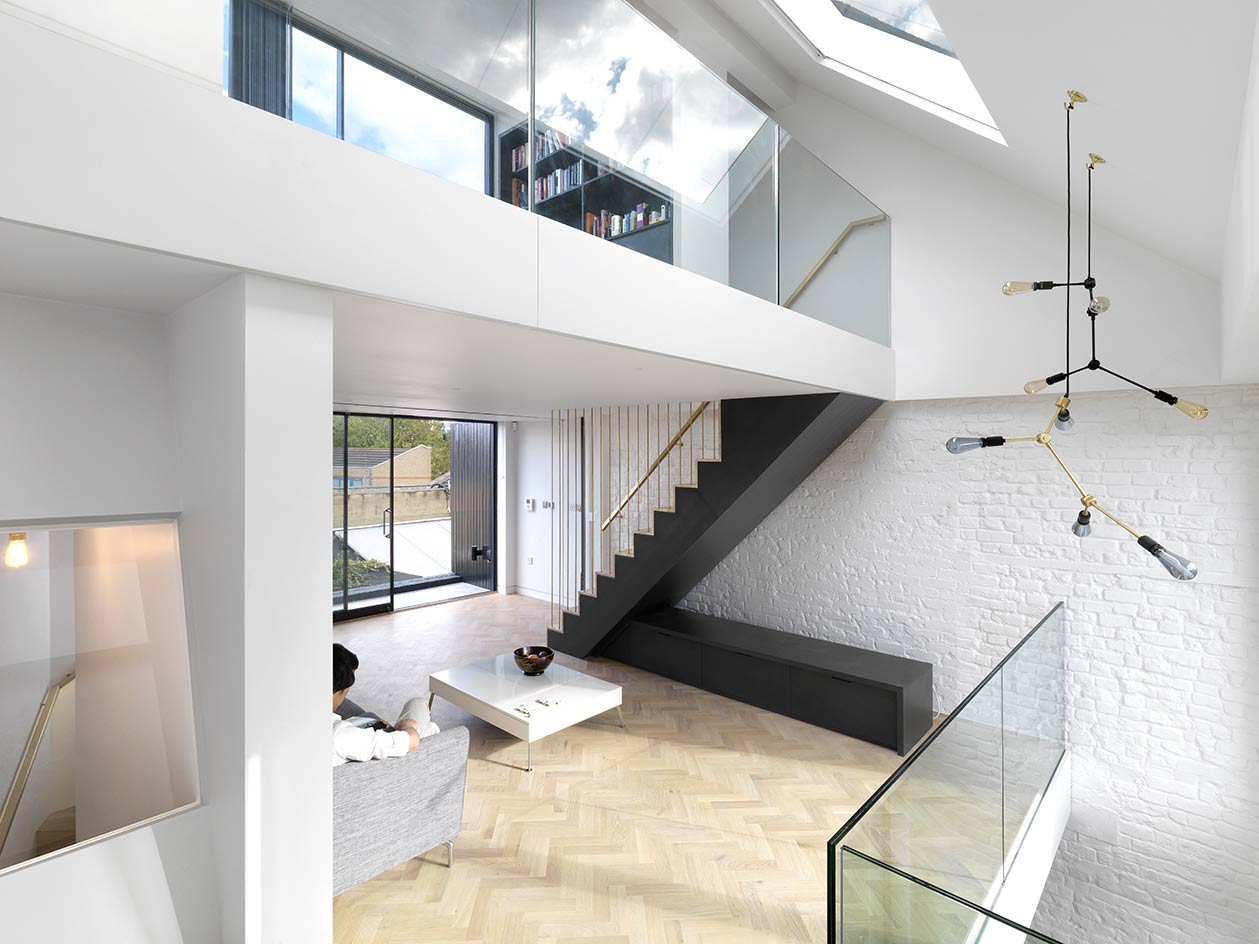
A series of staggered interior balconies allow for an influx of light in all the rooms, as well as for welcome visual connections between the house’s social areas
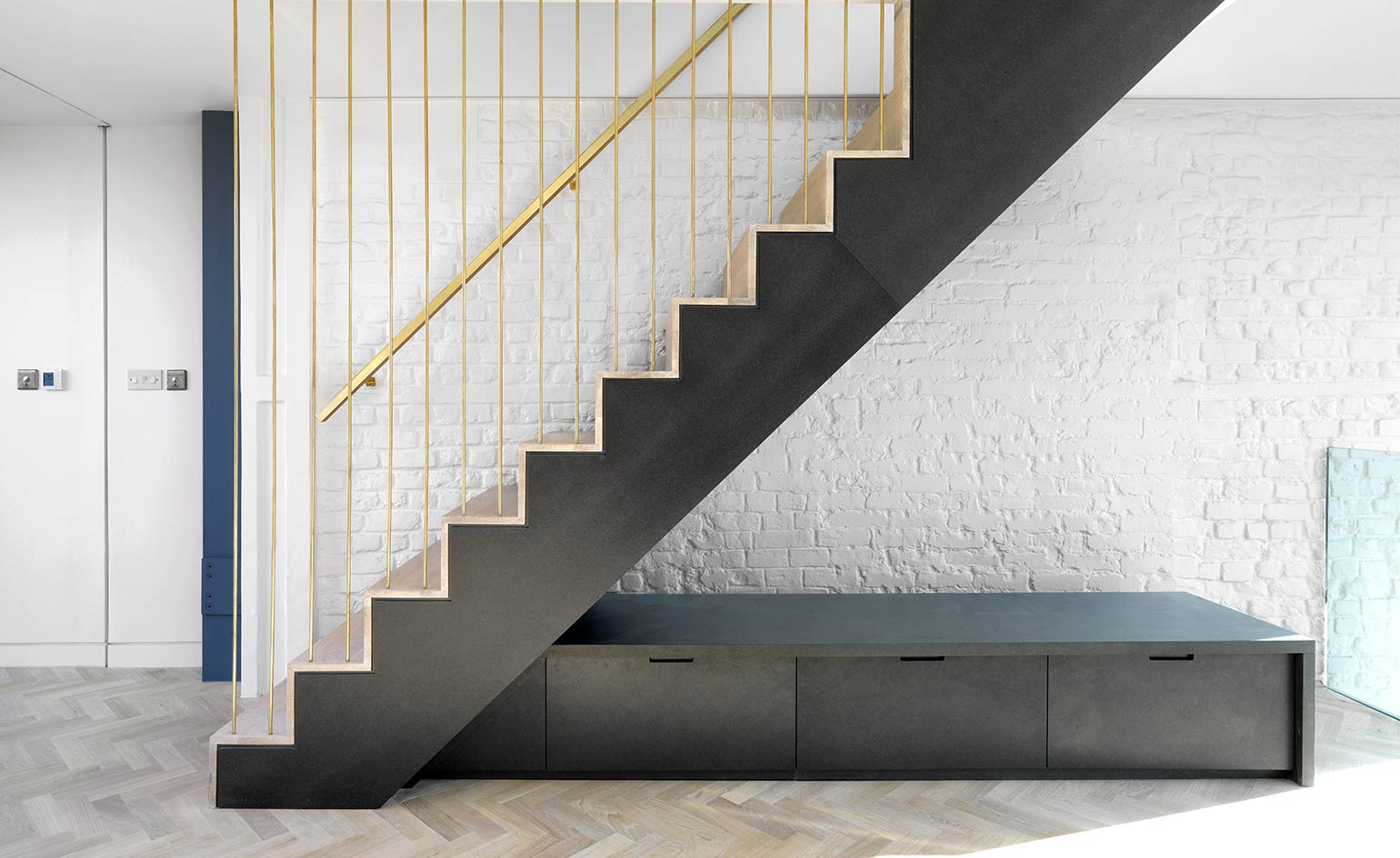
The architects and the clients worked together to envision the interior atmosphere, opting for details that remain sensitive to the property’s historical context
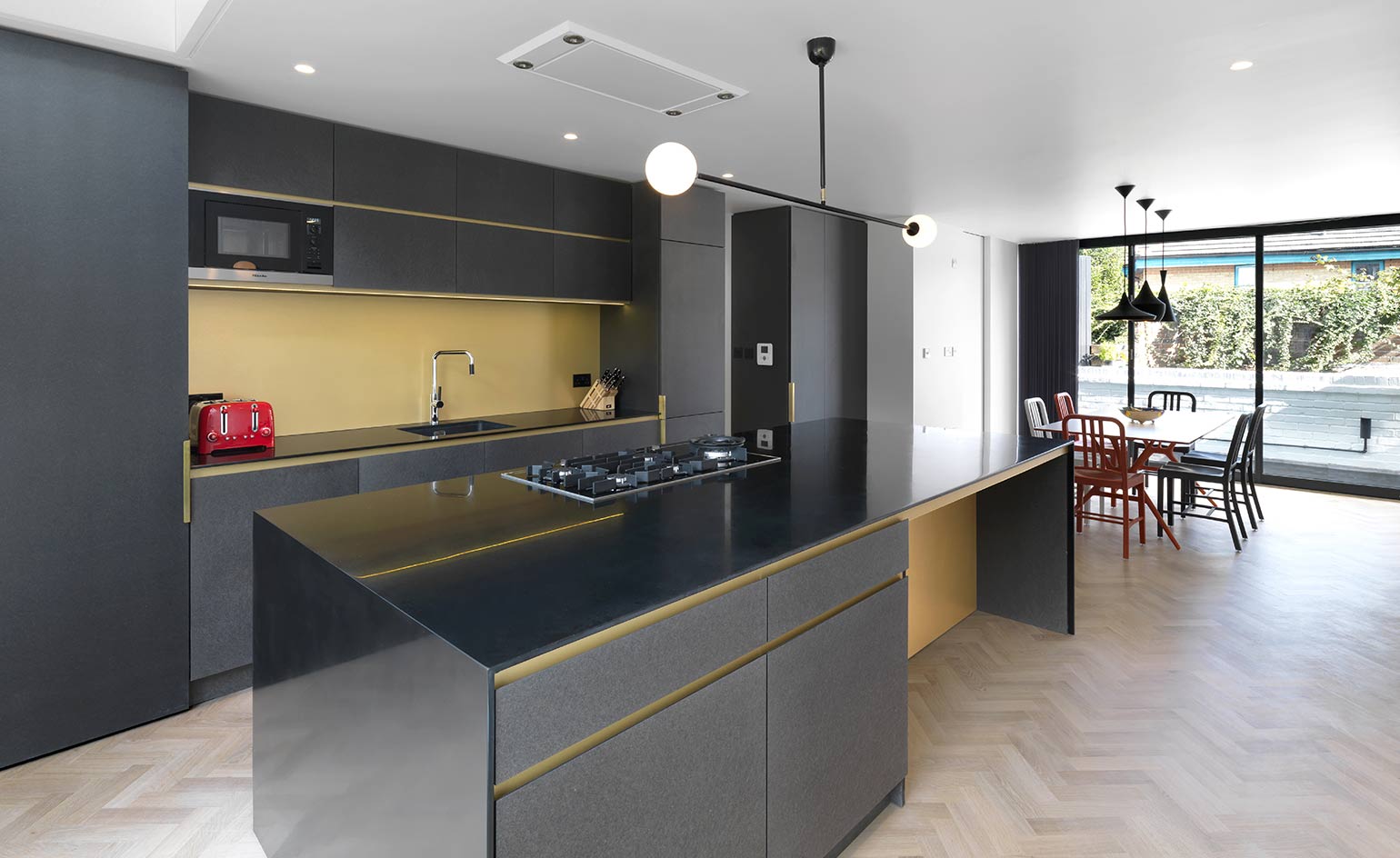
Locally sourced brass fixtures are featured throughout, along with custom joinery composed from Valchromat, a material similar to MDF
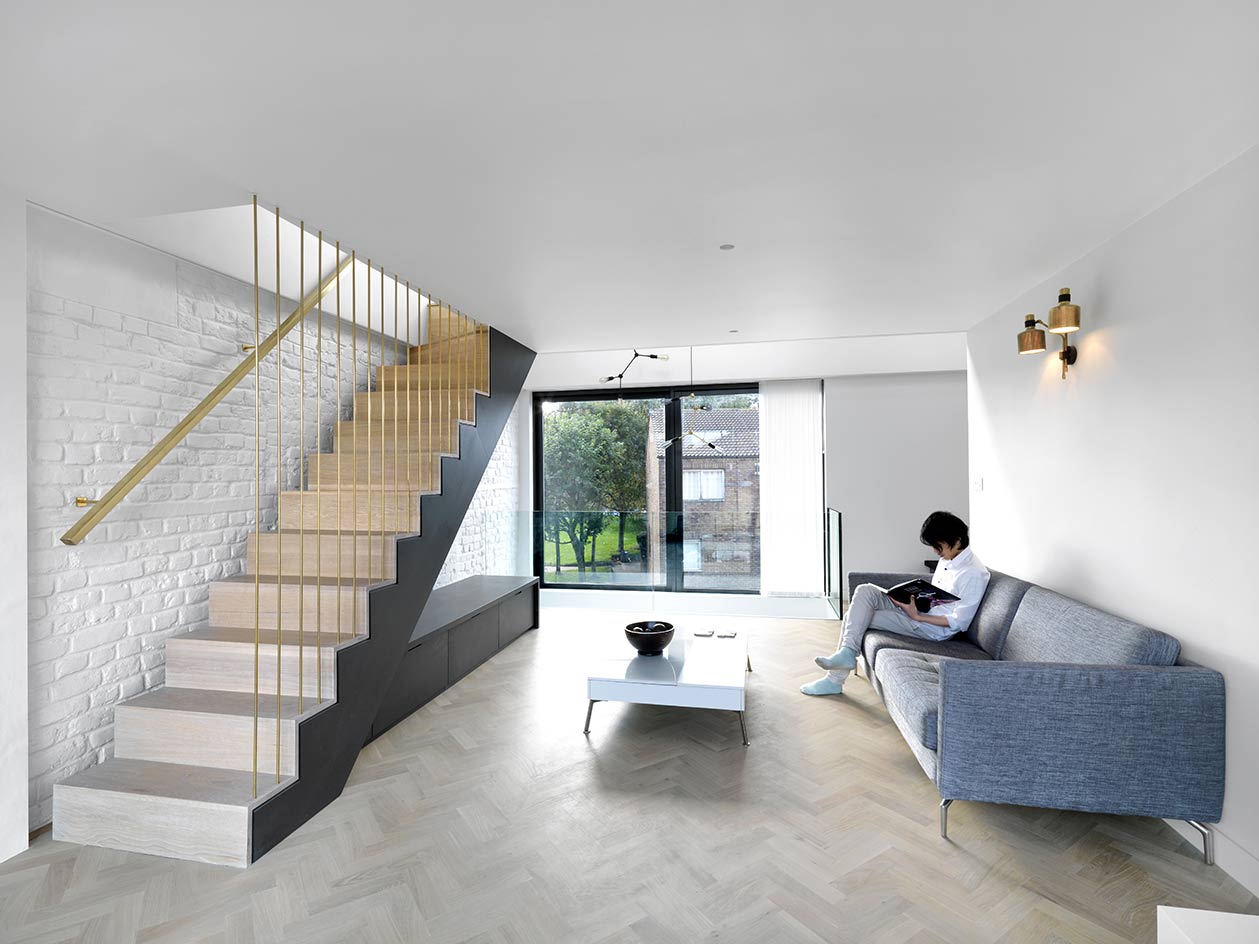
Threefold completely reworked the structural and architectural program of the home to create an open, bright and spacious living area with a terrace on each of its upper levels
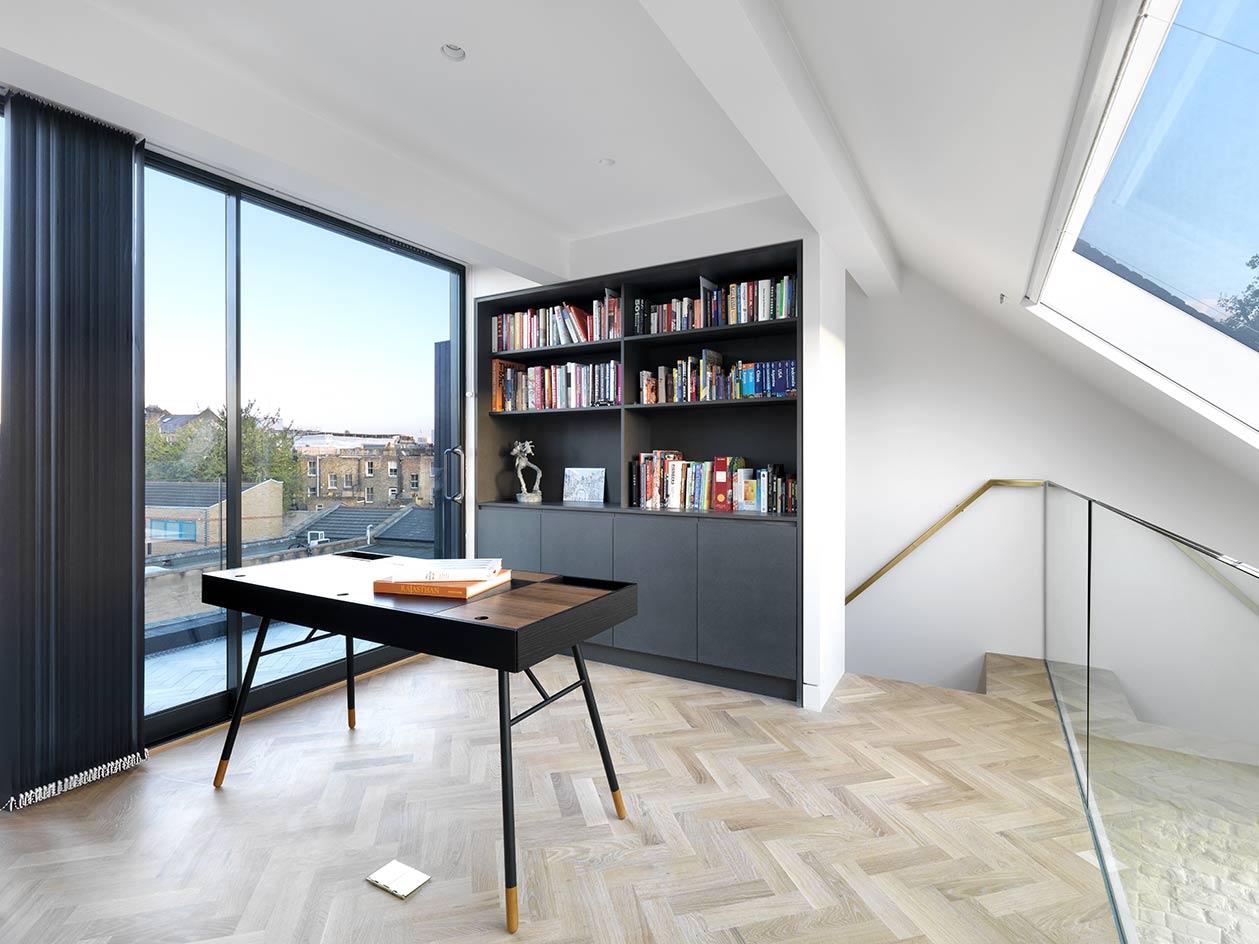
The first floor is home to the kitchen and dining area, the second level houses the property’s living space and the top floor, pictured, is a cosy office space
INFORMATION
For further information, visit Threefold Architects’ website
Receive our daily digest of inspiration, escapism and design stories from around the world direct to your inbox.
-
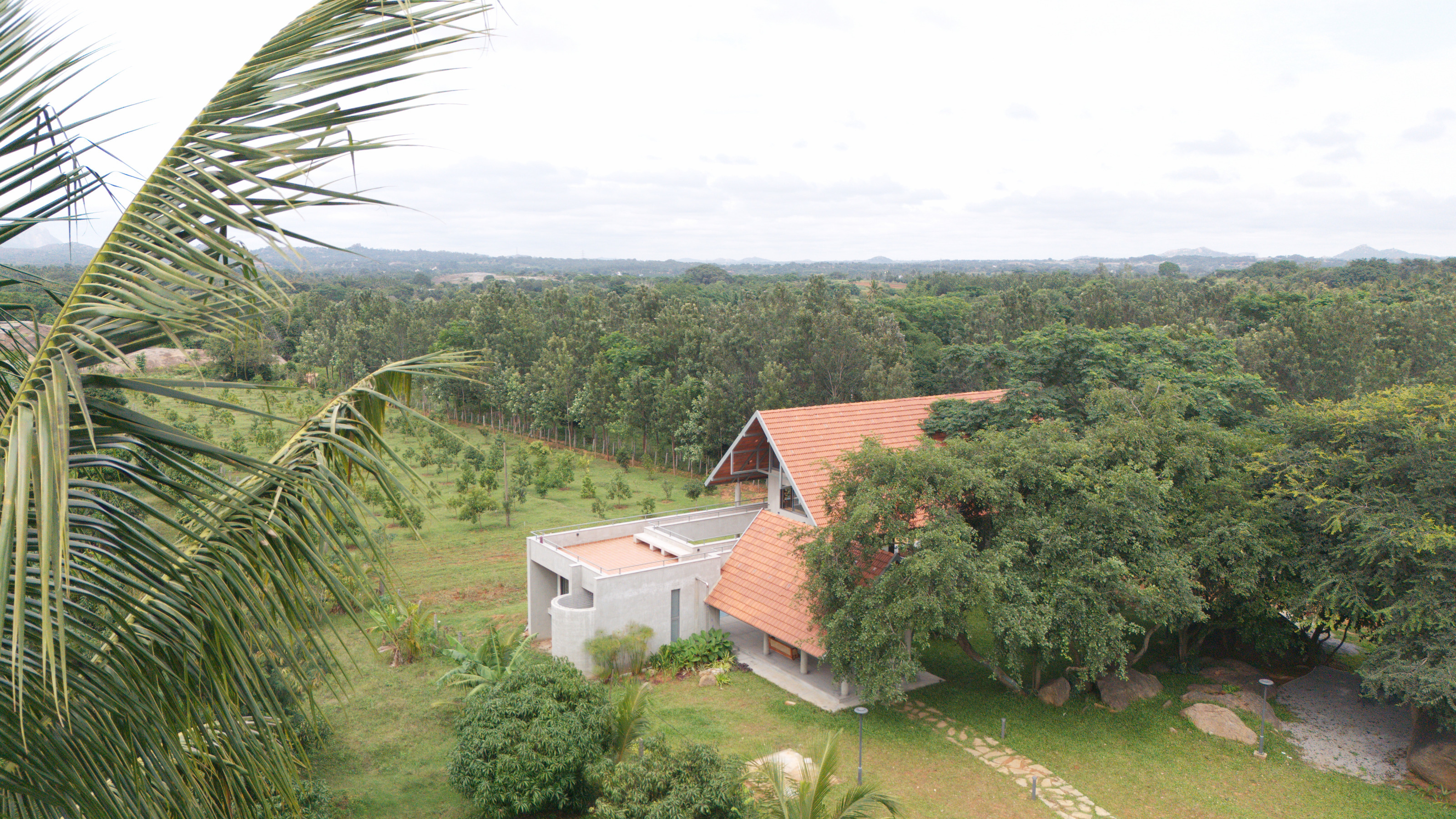 A refined Indian country residence reimagines the farmhouse
A refined Indian country residence reimagines the farmhouseSet among Karnataka’s rolling fields and forest, House by the Grove by Taliesyn Design & Architecture combines modern materials with an open approach to the elements
-
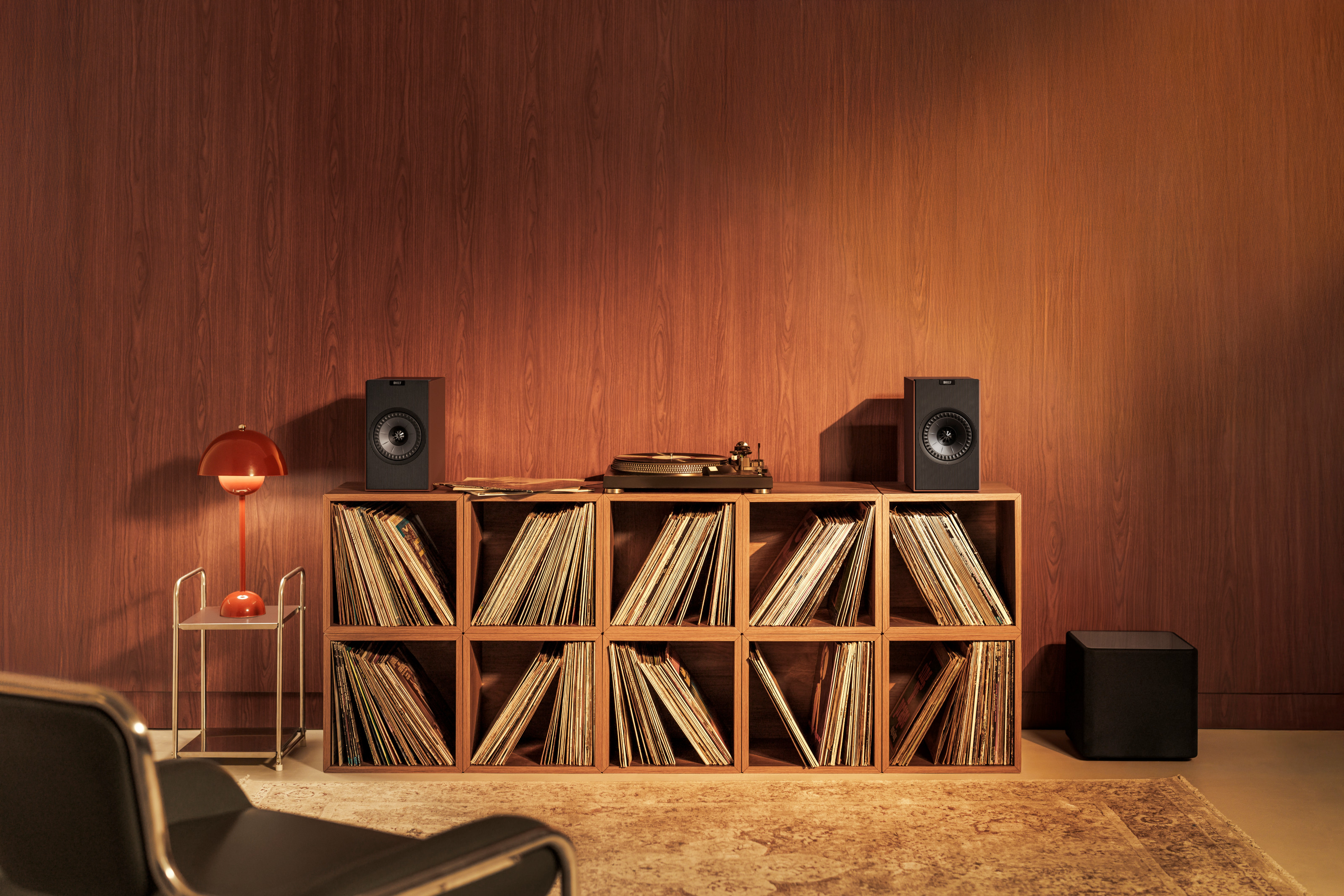 New speakers for every space, from all-in-one systems to high-end towers
New speakers for every space, from all-in-one systems to high-end towersExperience the highs and lows of your favourite audio in crisp detail with this selection of seven new speakers, large and small
-
 Around London in sybaritic silence with the majestic all-electric Lunaz Phantom V
Around London in sybaritic silence with the majestic all-electric Lunaz Phantom VClassic electrifier Lunaz has turned its skilled hands to the Rolls-Royce Phantom V. We sample the ultimate in zero-emission luxury on the streets of London
-
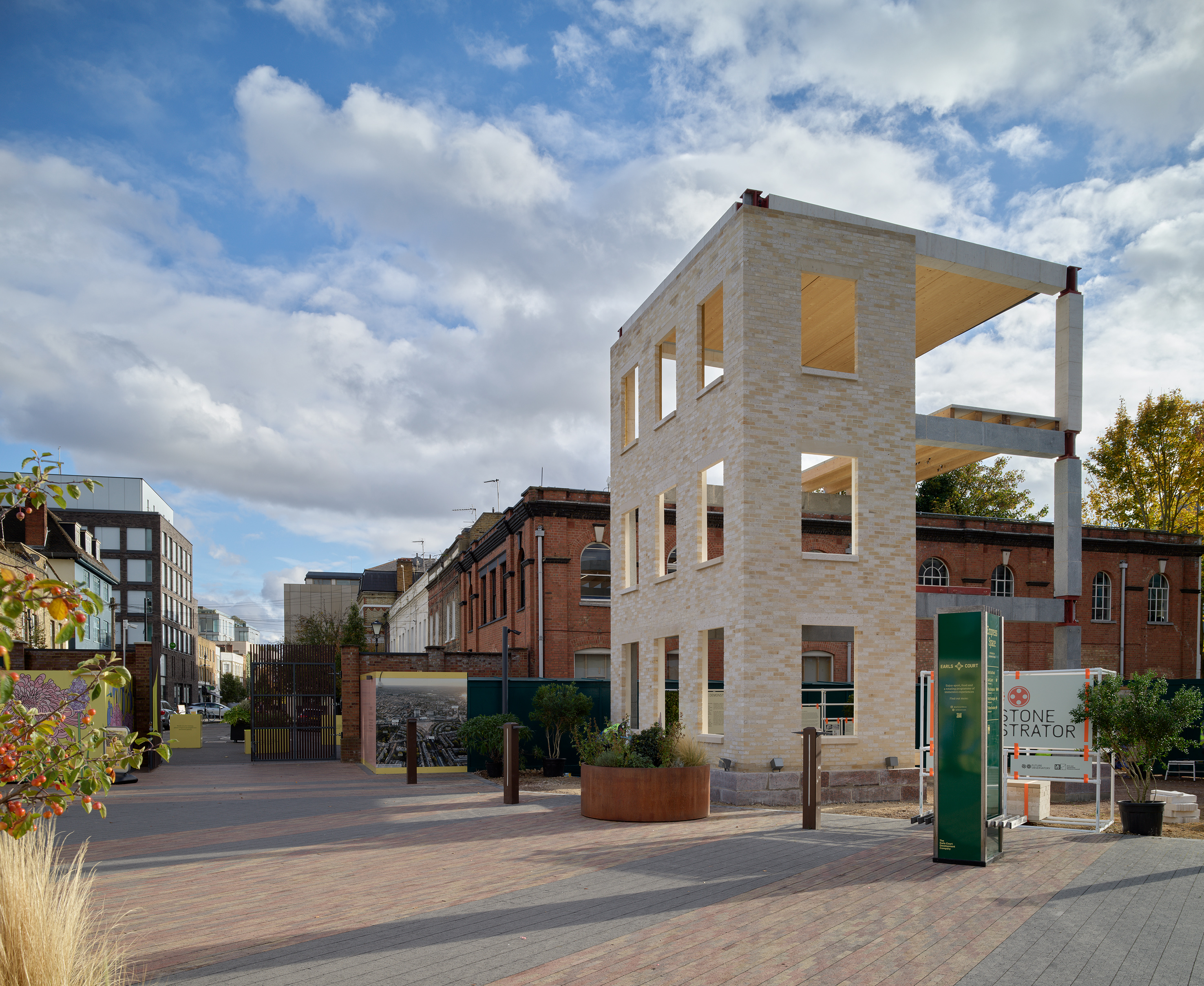 Tempted to try building with stone? This project will convince you of its merits
Tempted to try building with stone? This project will convince you of its meritsWelcome to the Future Observatory's The Stone Demonstrator, a project conceived to show off the material's strong points, now on display in West London
-
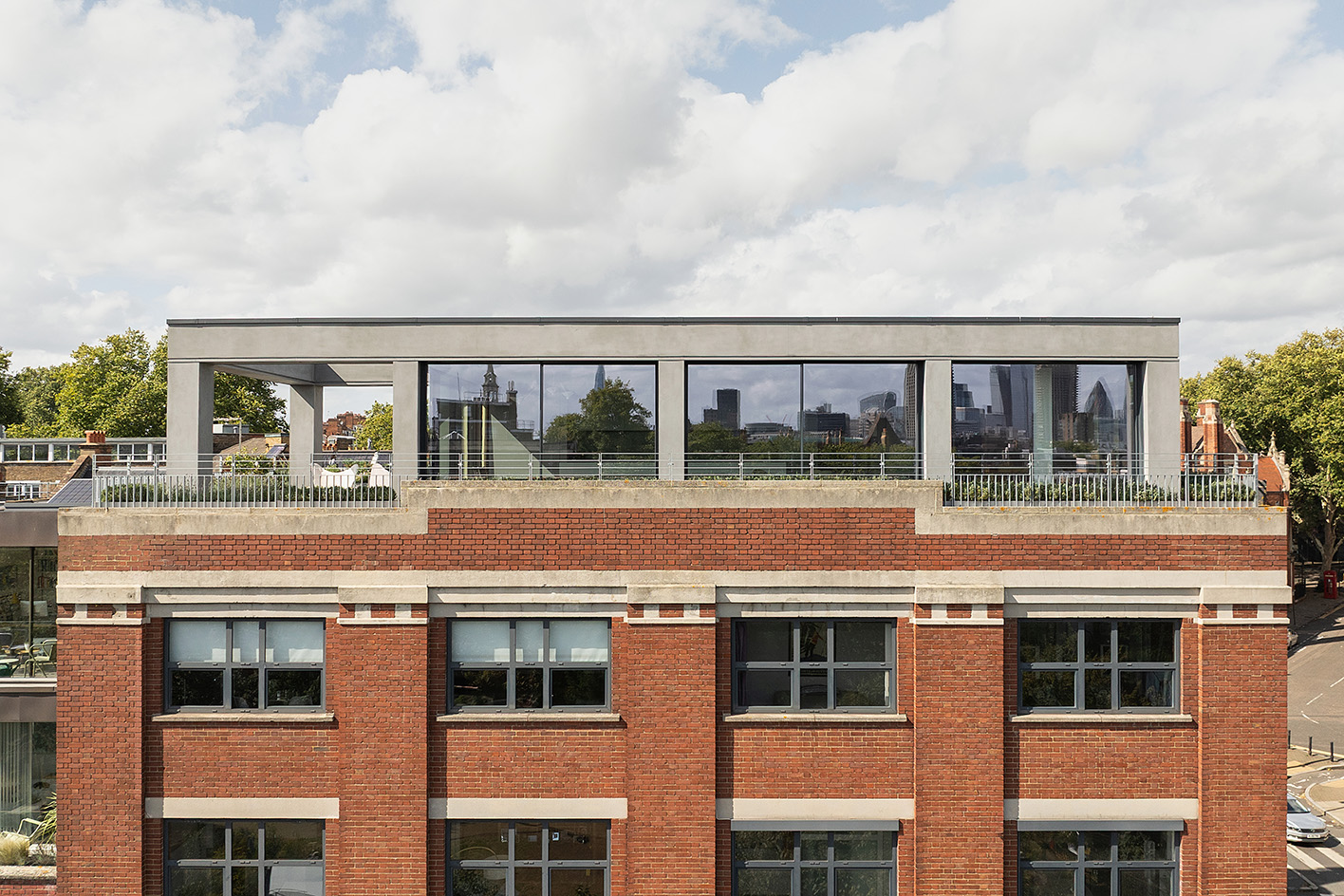 Step inside this Clerkenwell Rooftop, transformed into a minimalist urban abode
Step inside this Clerkenwell Rooftop, transformed into a minimalist urban abodeA Clerkenwell Rooftop has been transformed by Studio Felicity Bell into a minimalist modern home, featuring airy interiors and long views of London
-
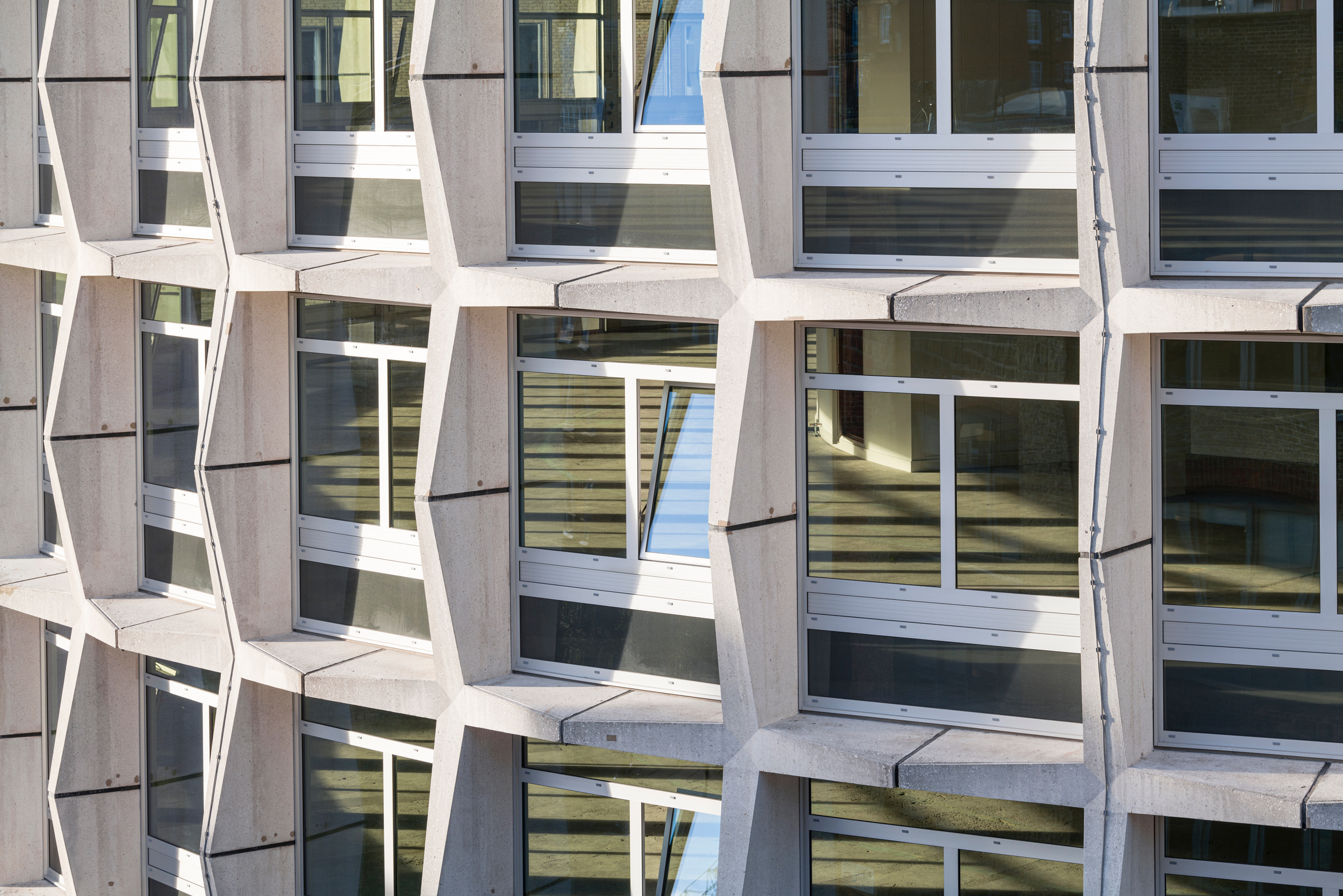 Richard Seifert's London: 'Urban, modern and bombastically brutalist'
Richard Seifert's London: 'Urban, modern and bombastically brutalist'London is full of Richard Seifert buildings, sprinkled with the 20th-century architect's magic and uncompromising style; here, we explore his prolific and, at times, controversial career
-
 Welcome to The Gingerbread City – a baked metropolis exploring the idea of urban ‘play’
Welcome to The Gingerbread City – a baked metropolis exploring the idea of urban ‘play’The Museum of Architecture’s annual exhibition challenges professionals to construct an imaginary, interactive city entirely out of gingerbread
-
 The Architecture Edit: Wallpaper’s houses of the month
The Architecture Edit: Wallpaper’s houses of the monthFrom Malibu beach pads to cosy cabins blanketed in snow, Wallpaper* has featured some incredible homes this month. We profile our favourites below
-
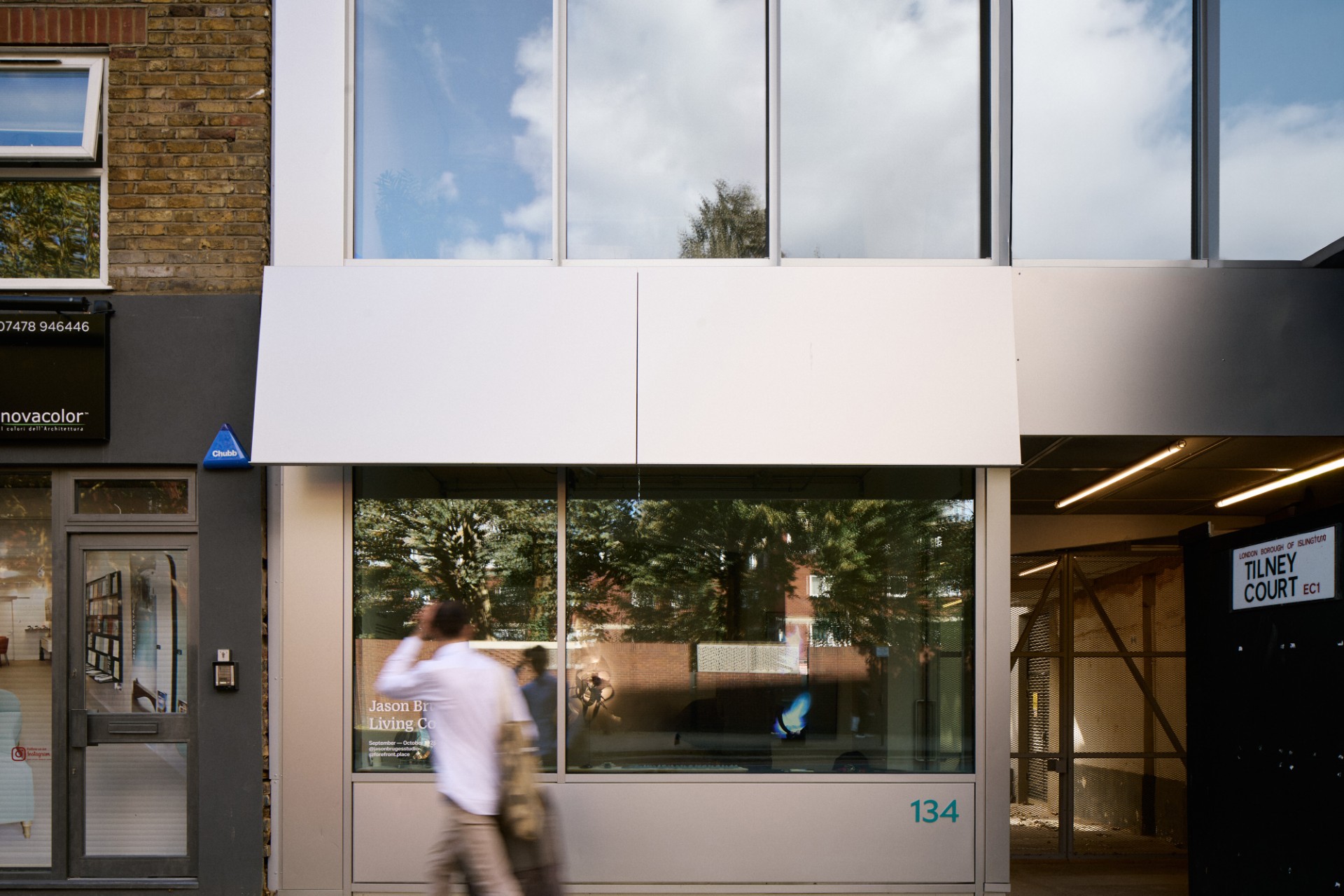 Meet Forefront, a cultural platform redefining the relationship between art and architecture
Meet Forefront, a cultural platform redefining the relationship between art and architectureForefront co-founder Dicle Guntas, managing director of developer HGG, tells us about the exciting new initiative and its debut exhibition, a show of lumino-kinetic sculptures in London
-
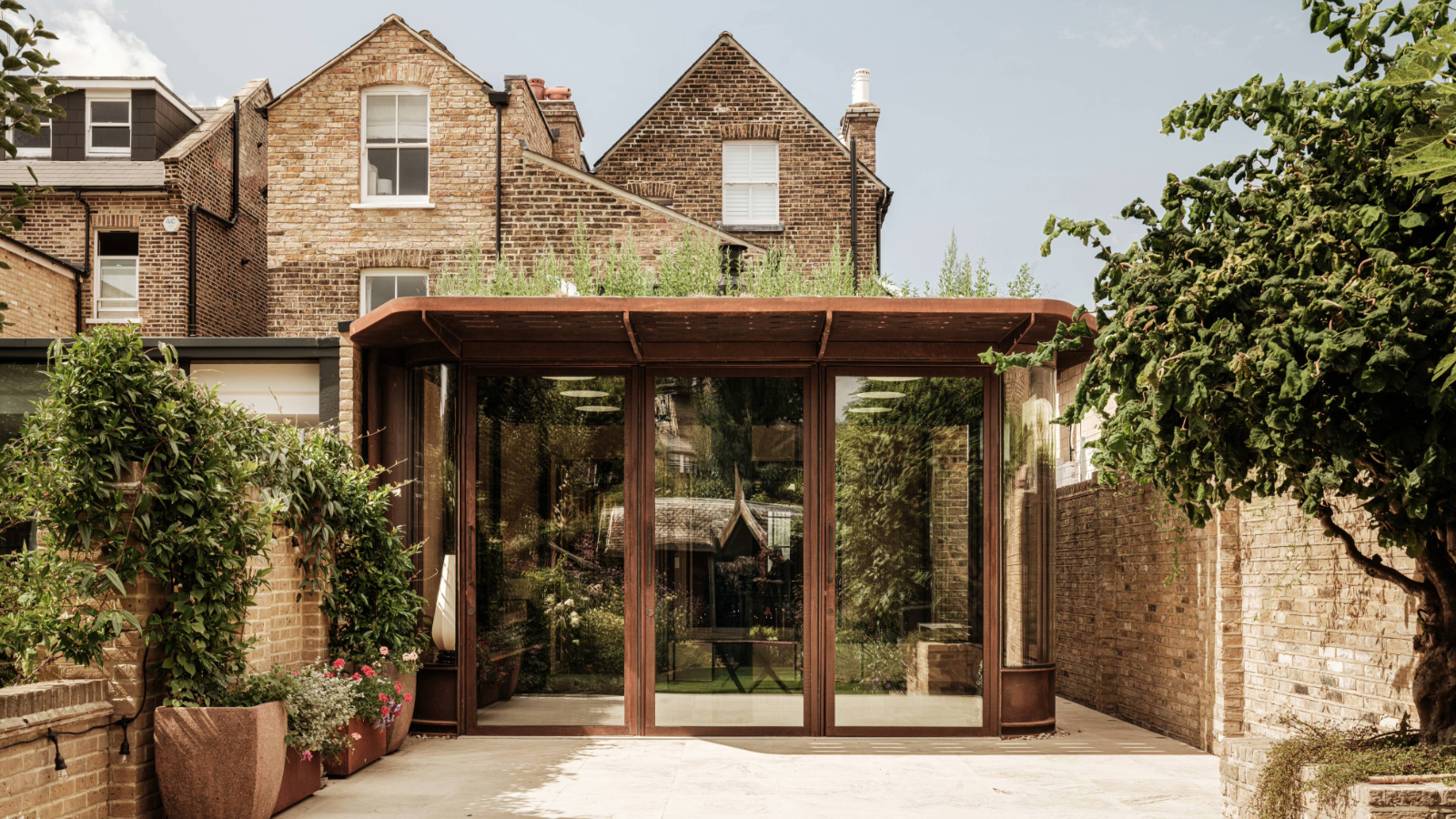 Corten curves and contemporary flair transform this terraced house in London
Corten curves and contemporary flair transform this terraced house in LondonCagni Williams Associates’ sensitive refurbishment of a south London Edwardian house features a striking and sustainable Corten steel extension
-
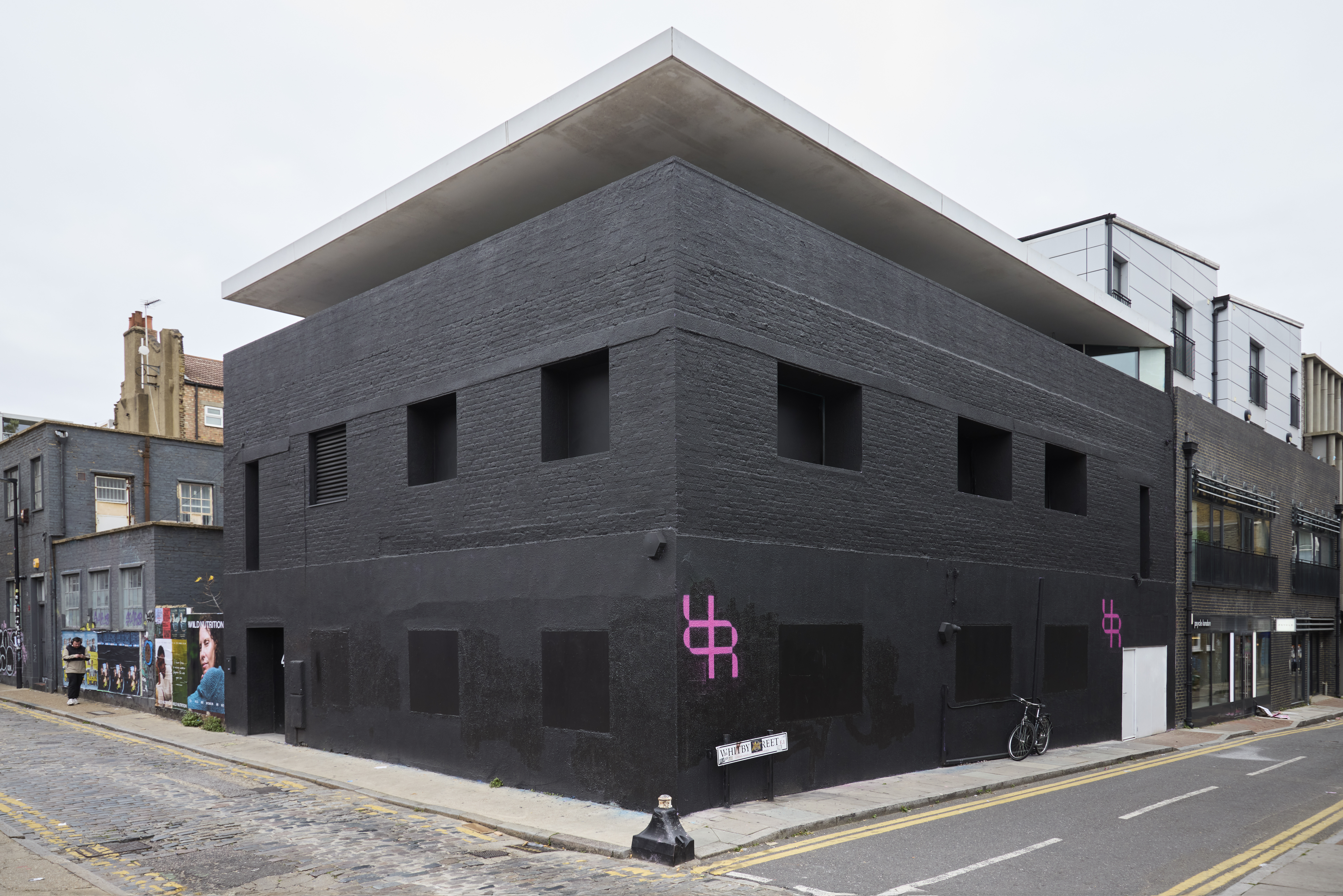 You may know it as ‘Dirty House’ – now, The Rogue Room brings 21st-century wellness to Shoreditch
You may know it as ‘Dirty House’ – now, The Rogue Room brings 21st-century wellness to ShoreditchThe Rogue Room – set in the building formerly known as Dirty House by Sir David Adjaye, now reinvented by Studioshaw – bridges wellness and culture in London's Shoreditch